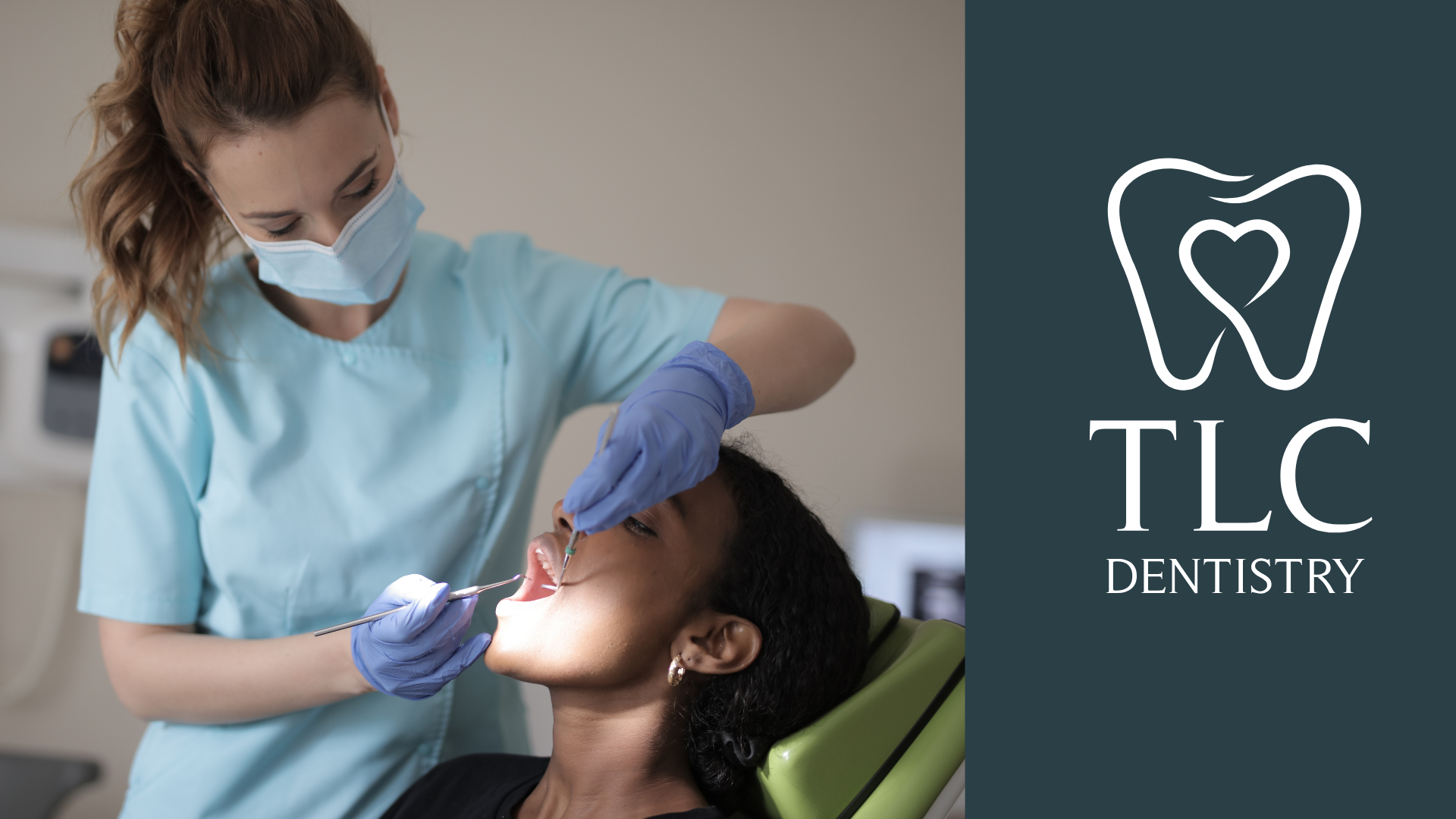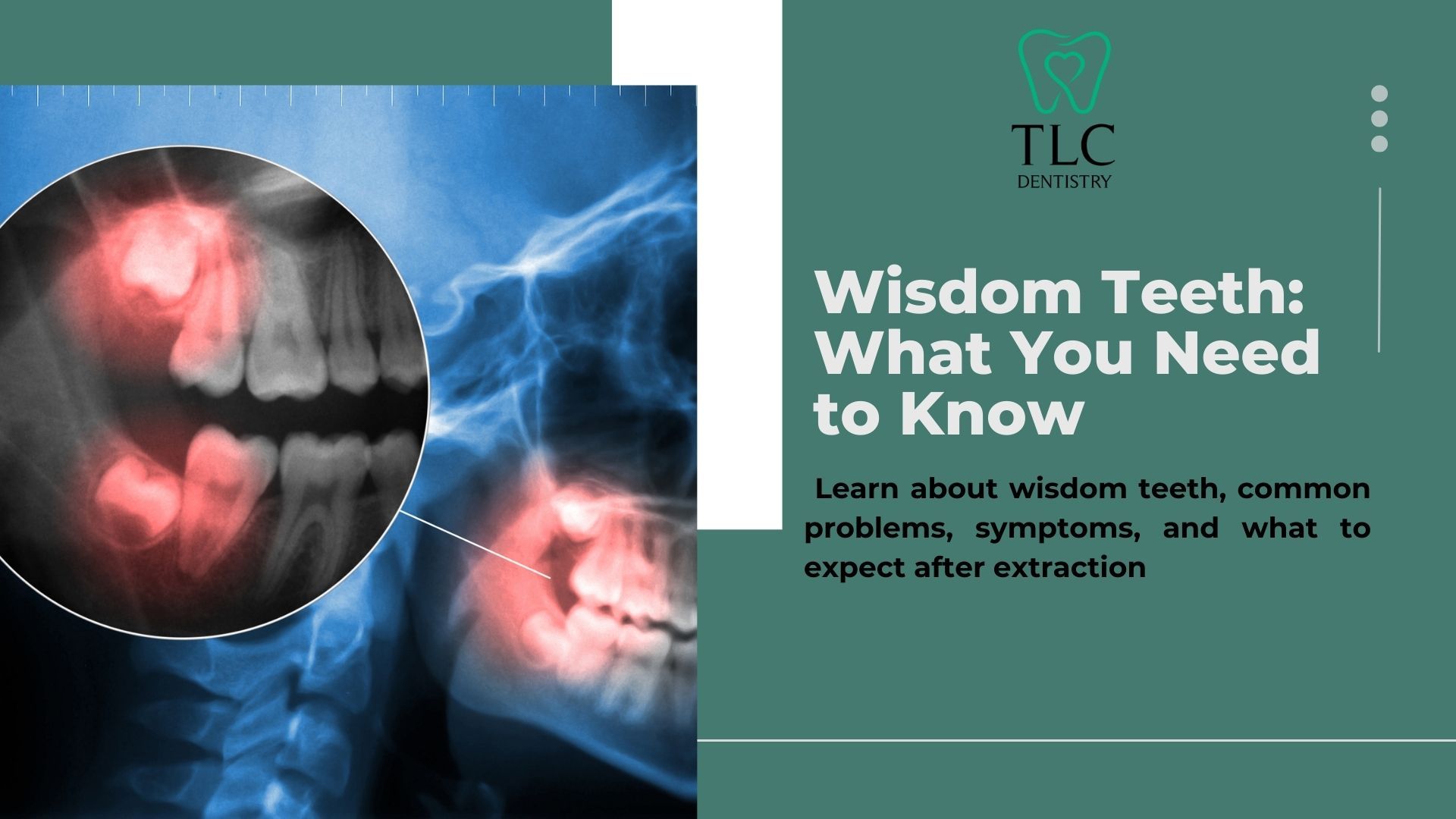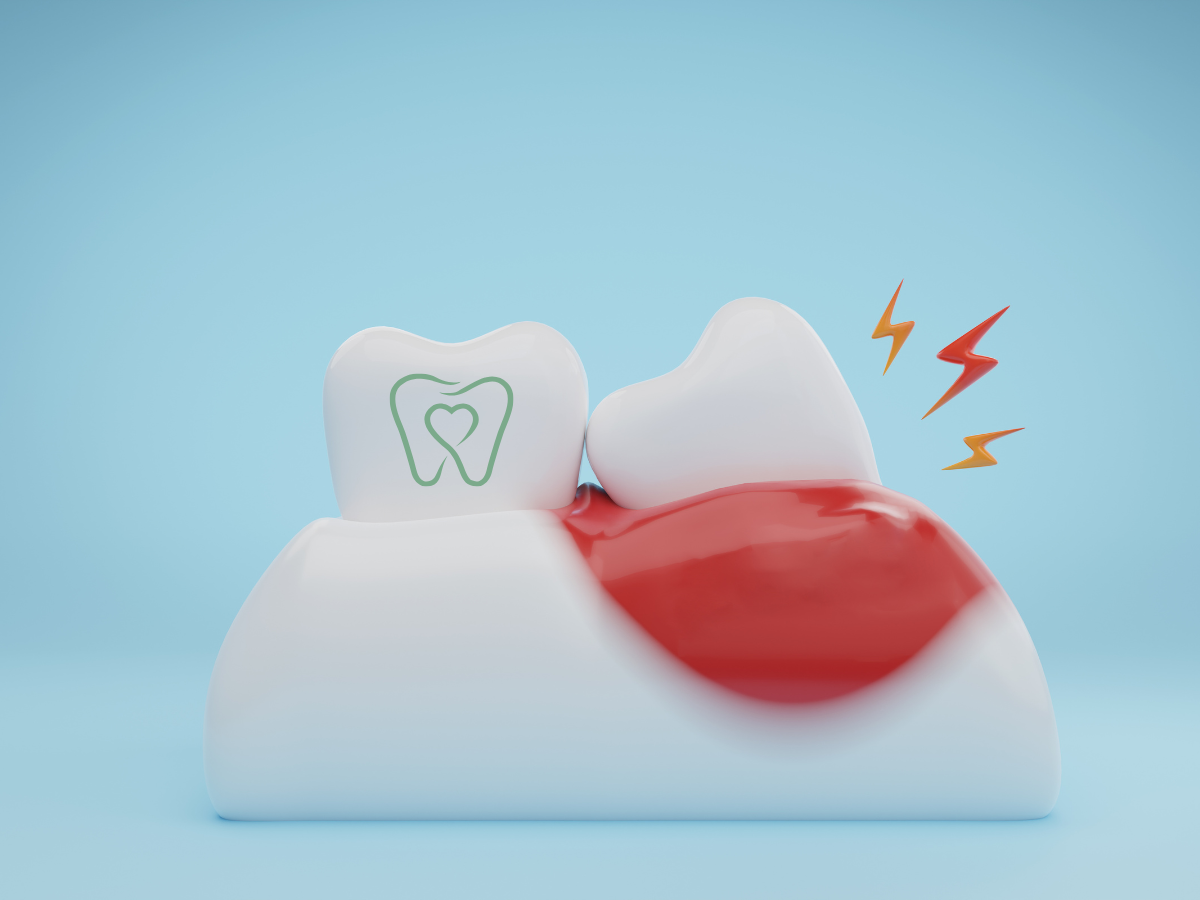Wisdom Tooth Growth: Tips for Holiday Comfort
Understanding Wisdom Tooth Growth.
The Stages of Wisdom Tooth Eruption
Wisdom teeth develop in stages:
Formation Beneath the Gums: They grow beneath the surface, often unnoticed.
Eruption: The teeth gradually push through the gums, which can take months to years.
Final Positioning: In ideal cases, they settle correctly. However, many experience impaction, where the tooth remains partially or fully trapped beneath the gum.

Factors Influencing Growth Duration
The growth timeline varies and can be influenced by:
- Genetics: Family history plays a role in eruption speed.
- Jaw Space: A smaller jaw may slow the process or lead to impaction.
- Tooth Positioning: Angled or misaligned teeth may require more time to emerge.
Common Symptoms During Growth
Wisdom tooth eruption often comes with discomfort, including:
- Tenderness or pain in the gums and jaw.
- Swelling around the affected area.
- Difficulty opening the mouth or chewing.
If symptoms persist or worsen, seeking professional advice is crucial to avoid complications.
How Long Does It Take for a Wisdom Tooth to Erupt?
Typical Timeline
Wisdom teeth generally begin emerging between ages 17 and 25. On average, it takes 3-12 months for a tooth to fully erupt after initial movement. Variability depends on individual factors such as genetics and space in the jaw.
When to Seek Professional Advice
Contact your dentist or oral surgeon if you experience:
- Intense or lingering pain.
- Swelling that worsens over time.
- Difficulty chewing, speaking, or fully opening your mouth.
Early intervention can help prevent complications like infection or damage to neighboring teeth.
Managing Discomfort During the Holidays
Home Remedies for Pain Relief
- Ice Packs: Reduce swelling by applying cold packs to your cheek.
- Warm Saltwater Rinses: Soothe irritation and reduce bacteria buildup.
Over-the-Counter Solutions
- Pain relievers such as ibuprofen can alleviate inflammation.
- Oral gels provide localized numbing for quick relief.
If discomfort persists despite these measures, consult a dentist.
Dietary Adjustments for Comfort
Foods to Avoid
- Crunchy foods like chips can irritate tender gums.
- Sticky candies or caramel may get trapped in hard-to-reach areas.
- Spicy foods can increase gum sensitivity.
Recommended Soft Foods
- Mashed potatoes, soups, and yogurt are gentle on the gums.
- Smoothies with fruits and leafy greens provide nutrients without added strain.
- Scrambled eggs are soft, nutritious, and easy to chew.
Maintaining a nutrient-rich diet during this time promotes healing and reduces discomfort.
Preventive Measures for Complications
Importance of Regular Check-Ups
Routine dental visits allow early detection of wisdom tooth issues, such as misalignment or impaction. Regular X-rays can help dentists predict potential problems before they arise.
Signs of Potential Complications
Monitor for:
- Persistent swelling or redness.
- Pain that worsens over time.
- A bad taste or odor indicates a possible infection.
Long-Term Oral Care
- Brush and floss daily to minimize bacterial buildup.
- Use an antibacterial mouthwash to promote oral health.
- Maintain a balanced diet to strengthen teeth and gums.
Preparing for Wisdom Tooth Removal
When Removal Becomes Necessary
Wisdom teeth may require extraction if they:
- Cause recurring pain or discomfort.
- Lead to crowding or misalignment of other teeth.
- Are impacted, increasing the risk of infection or cyst formation.
Understanding the Procedure
The extraction process typically involves:
- Administering local or general anesthesia.
- Removing the tooth, sometimes in sections, for easier extraction.
- Closing the site with sutures if necessary.
Post-Removal Care
- Keep the gauze in place as instructed to control bleeding.
- Apply ice packs to reduce swelling.
- Stick to a soft-food diet for the first few days.
Final Thoughts on Wisdom Tooth Growth
Managing wisdom tooth growth doesn’t have to overshadow your holiday joy. Use home remedies, maintain a soft diet, and seek professional advice when needed. Regular dental check-ups ensure potential issues are addressed promptly, keeping your smile bright and pain-free throughout the season.
This blog is intended for educational purposes only and should not replace professional medical advice, diagnosis, or treatment. Always consult your dentist or qualified healthcare provider with questions or concerns about your oral health. Never delay seeking professional care based on information in this blog.











